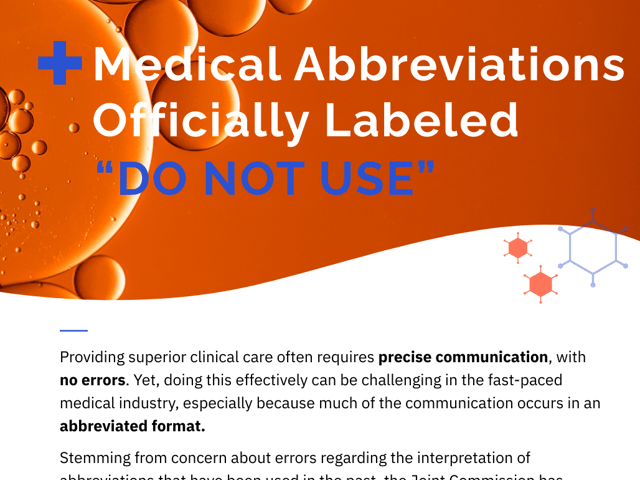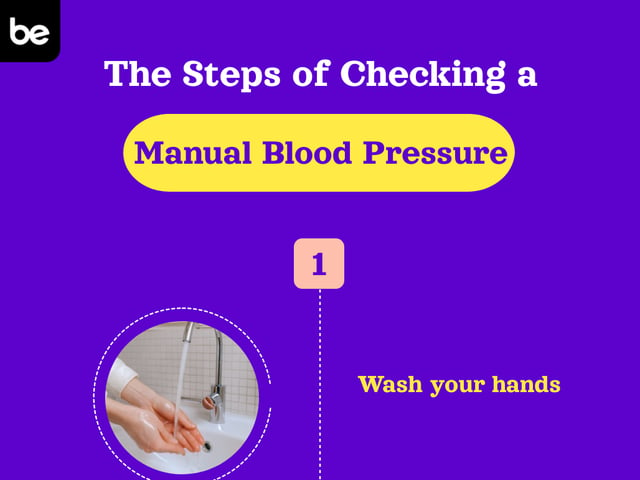
Medical Abbreviations Officially Labeled “DO NOT USE”
Providing superior clinical care often requires precise communication, with no errors. Yet, doing this effectively can be challenging in the fast-paced medical industry, especially because much of the communication occurs in an abbreviated format. Stemming from concern about errors regarding the interpretation of abbreviations that have been used in the past, the Joint Commission has developed a list of Official “DO NOT USE” abbreviations, which should never be used in clinical settings.
These abbreviations are listed below, along with their potential miscommunications, and the recommended alternative.
| DO NOT USE | POSSIBLE CONFUSION | USE THIS INSTEAD |
|---|---|---|
| U, u (unit) | with 0, the number 4, or cc | unit |
| IU (International Unit) | with IV (intravenous) or the number 10 |
International Unit |
| Q.D., QD, q.d., qd (daily) |
with Q.O.D., QOD, q.o.d., qod (every other day) |
daily |
| Q.O.D., QOD, q.o.d., qod (every other day) |
with Q.D., QD, q.d., qd (daily) |
every other day |
| Trailing zero (e.g. “X.0 mg”) |
missing the decimal point | x mg |
| Lack of leading zero (e.g., ”.x mg”) |
missing the decimal point | 0.x mg |
| MS | whether it means “morphine sulfate” or “magnesium sulfate” |
morphine sulfate or magnesium sulfate |
| \(\bf{MSO_4}\) \(\bf{MgSO_4}\) |
with one another | morphine sulfate or magnesium sulfate |
While these abbreviations are not the only ones that may be confused with one another, the high prevalence of confusion (along with serious potential ramifications when confusion occurs) has led the Joint Commission to put these abbreviations on the “DO NOT USE” list. It is imperative that all medical professionals adhere to these guidelines in order to ensure patient safety and effective clinical care.

Keep Reading

Medical Assistant test Blog
How to Do Well on the Medical Assistant Exam
If you’re planning to enter the medical assisting profession, passing a…

Medical Assistant test Blog
How to Check a Manual Blood Pressure
One of the most common tasks you will need to perform as a medical assi…

Medical Assistant test Blog
What Is a Medical Assistant?
Are you considering a medical assistant career? You’re not alone. Curre…